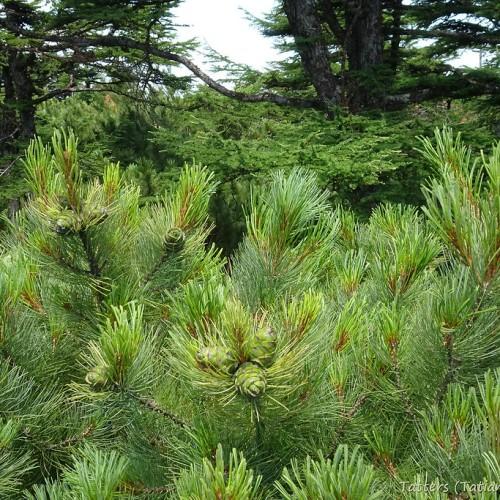
dwarf Siberian pine
Pinus pumila 'Compacta'
Cycle:
Perennial
Watering:
Average
Hardiness Zone:
4 - 7
Flowers:
Flowers
Sun:
Full sun
Cones:
Yes
Leaf:
Yes
Growth Rate:
Low
Maintenance:
Low
Drought Tolerant:
Yes
Salt Tolerant:
Yes
Care Level:
Low
watering
Water dwarf Siberian pine (Pinus pumila 'Compacta') once per week in the spring and summer, and once every 2 to 3 weeks in fall and winter. Water around the root ball slowly so that the soil becomes moist—not soaked. In the warmer months, check the soil moisture by sticking your finger in it. It should be allowed to dry slightly between waterings.
sunlight
Dwarf Siberian pine (Pinus pumila 'Compacta') prefers full sun. It needs at least 6 hours of direct sunlight each day for optimal growth, flowering and overall health. Sunlight should also be provided from about 9am-3pm, taking into account the season and time of day. In the summer months, when the sun is at its strongest, it is best to provide morning and afternoon shade for the Dwarf Siberian pine.
pruning
Pruning Dwarf Siberian pine (Pinus pumila 'Compacta') should be done annually for best appearance and health. Pruning should begin in late winter, when the plants are still dormant, and continue until mid-spring. Pruning should focus primarily on removing dead or damaged branches, maintaining desired size and shape, and cleaning out the center of the plant to allow light and air to circulate. You should also prune any branches that cross or rub against each other, as well as any branches with downward-growing tips. Cut branches back to a main branch, or back to a joint or bud. Special care should be taken when pruning younger trees, as too aggressive pruning can cause the tree to become misshapen.
